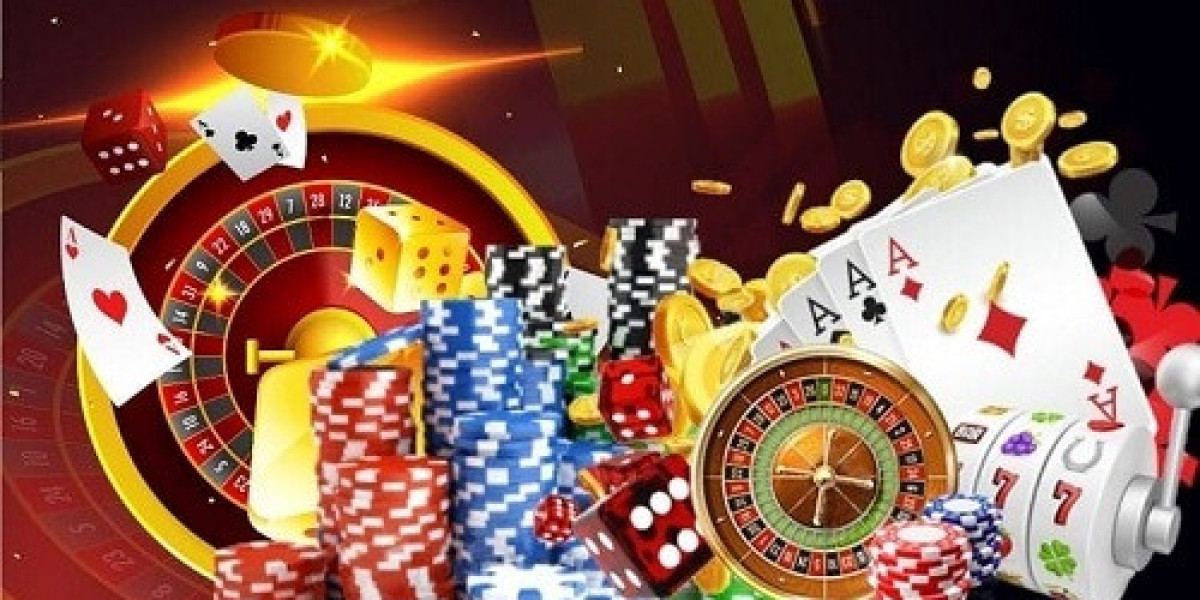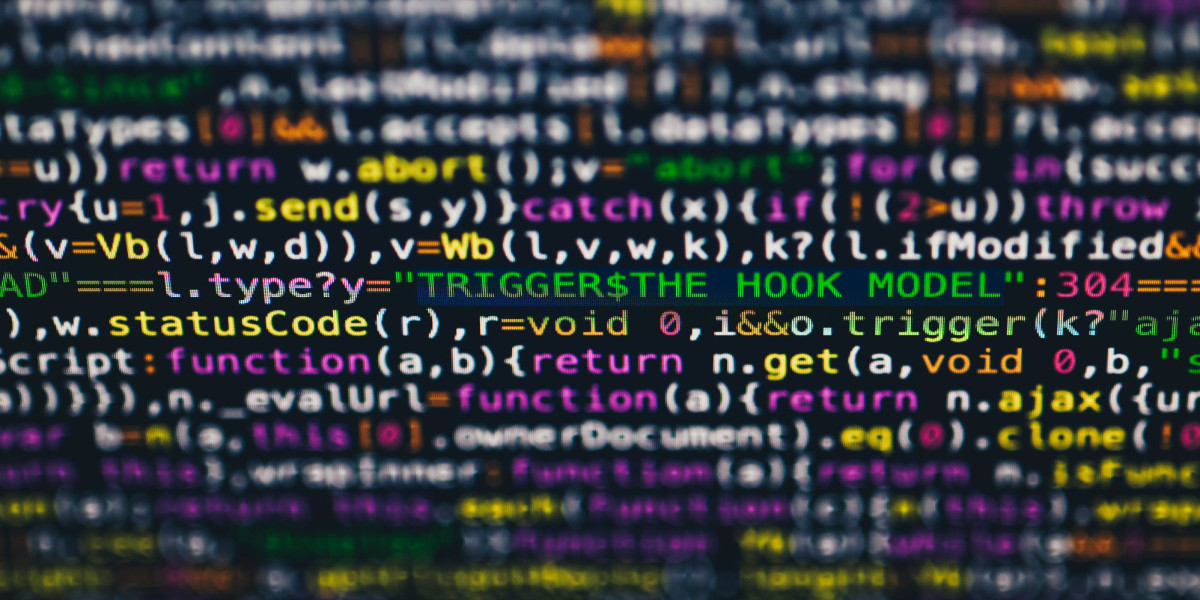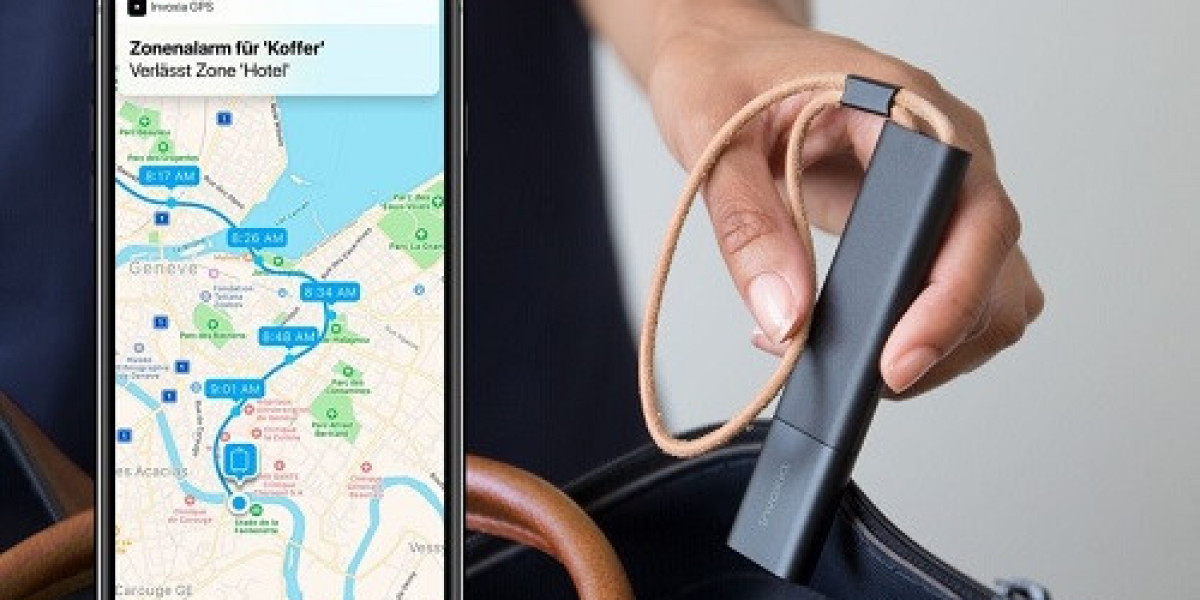Insulin is a life-saving therapeutic agent for managing diabetes that was first discovered in the early 1920s. It works by facilitating the entry of glucose into cells and stimulating its conversion to glycogen, lowering blood glucose levels. However, insulin therapy has traditionally been limited by its high costs of production as a biologic drug. Biosimilars offer a path to improve access and choice for patients worldwide.
DefiningBiosimilars
A biosimilar is a biologic medical product that is highly similar to an already approved original branded biologic product, known as the reference product. Biosimilars may enter the market after the reference product's patents and exclusivity periods expire. The key aspects of a biosimilar are that it is similar in basic structure, function and safety to the reference biologic, though minor differences are allowed.
Regulatory Standards for Approval
For a biosimilar to be approved for marketing, it must undergo stringent comparative testing to demonstrate its analytical, biological, pharmacokinetic and clinical similarity to the reference product. Key regulatory agencies like the FDA and EMA have developed robust guidelines for analytical similarity assessments and clinical trial designs to evaluate bio similarity and interchangeability. The goal is to demonstrate similar quality, safety and efficacy as the reference product without repeating entire preclinical and clinical development programs.
Market Potential and Savings Opportunities
With branded insulin biologics facing patent expirations in the 2020s, analysts forecast insulin biosimilars to gain significant global market share over the next decade. The increased competition is expected to significantly lower treatment costs for both public and private payers as well as for patients. Studies show that biosimilar entry leads to 15-35% discounts on reference biologic prices on average, freeing up healthcare budgets. As prevalence of diabetes continues rising globally, biosimilars could greatly expand access to life-saving insulin therapies worldwide.
Developing a Biosimilar Insulin Product
Creating an insulin biosimilar requires detailed characterization of the physicochemical properties as well as potency and biological activity of the reference insulin. Manufacturing processes must be validated to ensure consistent quality batch-to-batch. Non-clinical toxicology and pharmacokinetic studies demonstrate similarity. Clinical trials compare safety, efficacy and PK/PD profiles to the reference to support a demonstration of no clinically meaningful differences. Post-approval commitments may involve further characterization, analytics, clinical pharmacology or immunogenicity and safety monitoring.
Factors Impacting Uptake
Successful uptake requires demonstrating interchangeability to facilitate automatic substitution of the biosimilar at the pharmacy counter. Educating physicians and patients about biosimilarity regulations is important to build acceptance and facilitate prescribing and use. Real-world evidence can also aid uptake by confirming similar safety and effectiveness once a biosimilar is in broad clinical use. Ensuring formulary placement and competitive pricing versus the reference product impacts uptake as well. Tracking of switching patients helps monitoring immunogenicity and addressing any safety concerns that may arise.
Current Insulin Biosimilar Programs
A few companies have insulin biosimilar programs underway or awaiting approval. Semglee from Viatris is approved as the first interchangeable insulin glargine biosimilar in the US. Insulin glargine biosimilars from Gan & Lee (Glaritus), Biocon (Insulin Glargine) and others await FDA decisions. Biocon also markets an insulin glargine biosimilar (Semglee) in several EU/international markets. Additional programs target human insulin and insulin lispro/aspart. If approved, these products could capture sizable market share and generate major cost savings given the large diabetic populations dependent on insulin worldwide.
Conclusion
Insulin biosimilars represent an opportunity to expand affordable access to life-saving diabetes therapies on a global scale. With the first approvals now occurring, increased competition from biosimilars is poised to drive down insulin prices substantially over the coming years. Future research may compare real-world utilization and outcomes for insulin biosimilars when more widely used. With strong evidence and education supporting safety and efficacy, biosimilars have the potential to transform insulin access and management of diabetes worldwide.
anushkajadhav
44 Blog posts



